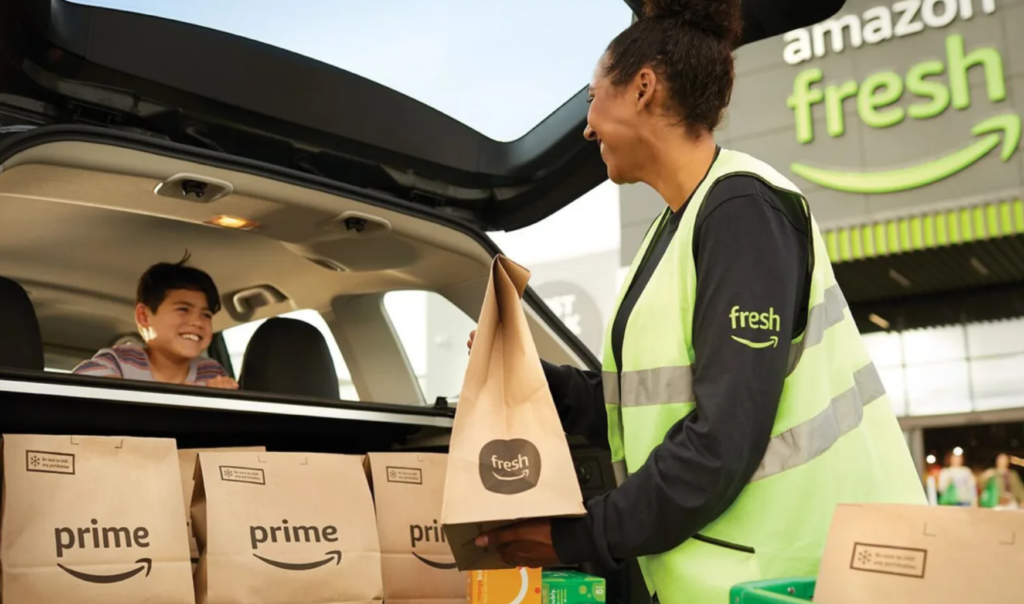
4-26 #VIPs : vivo has unveiled “BlueImage” brand; Oura is aggressively expanding its retail footprint in the US; Meta has announced that the operating system Horizon OS; etc.

Qualcomm expands the Snapdragon X Series platform portfolio with Snapdragon X Plus. Snapdragon X Plus features the state-of-the-art Qualcomm Oryon CPU, a custom-integrated processor that delivers up to 37% faster CPU performance compared to competitors, while consuming up to 54% less power. Snapdragon X Plus is also designed to meet the demands of on-device AI-driven applications, powered by the Qualcomm Hexagon NPU capable of 45 TOPS, making it the world’s fastest NPU for laptops. OEMs are expected to launch PCs powered by Snapdragon X Plus alongside devices powered by Snapdragon X Elite starting mid-2024.(GSM Arena, Qualcomm, AnandTech)
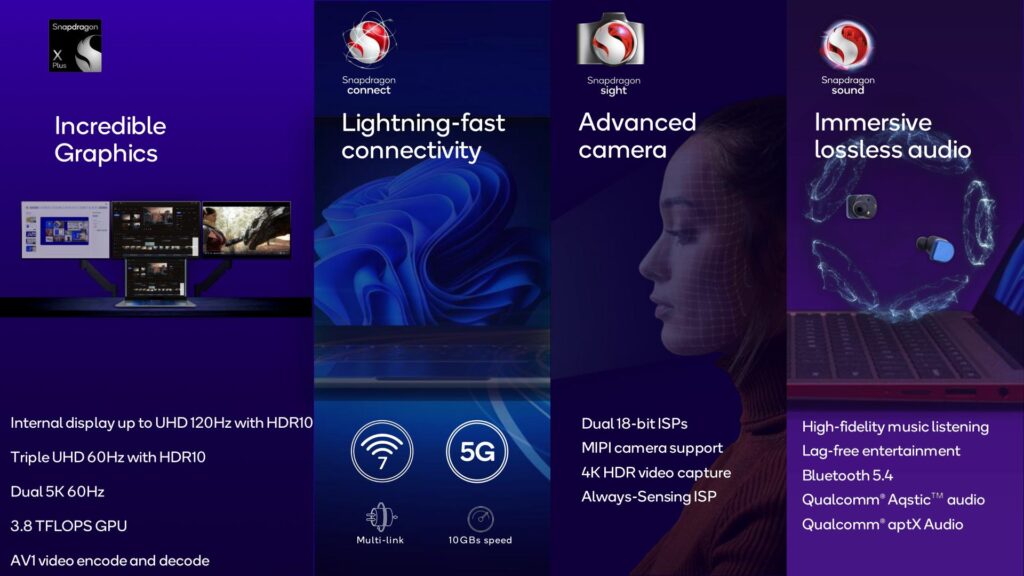
Samsung and Qualcomm have announced that the companies successfully completed 1024 Quadrature Amplitude Modulation (QAM) tests for both Frequency Division Duplex (FDD) and Time Division Duplex (TDD) spectrum bands, marking an industry-first for FDD. The 3GPP Release 17 specification for 5G introduced some major upgrades – among them support for 1024 QAM, which enables higher data transfer speeds as Samsung and Qualcomm just demonstrated. Using Samsung 5G vRAN tech running on 2.1GHz (FDD) and 3.5GHz (TDD) and a test unit with a Snapdragon X75 modem, the two companies achieved speeds of 485Mbps with 20MHz bandwidth. This is 20% higher than what’s possible with the 256 QAM that is common on 5G networks today.(GSM Arena, Samsung)
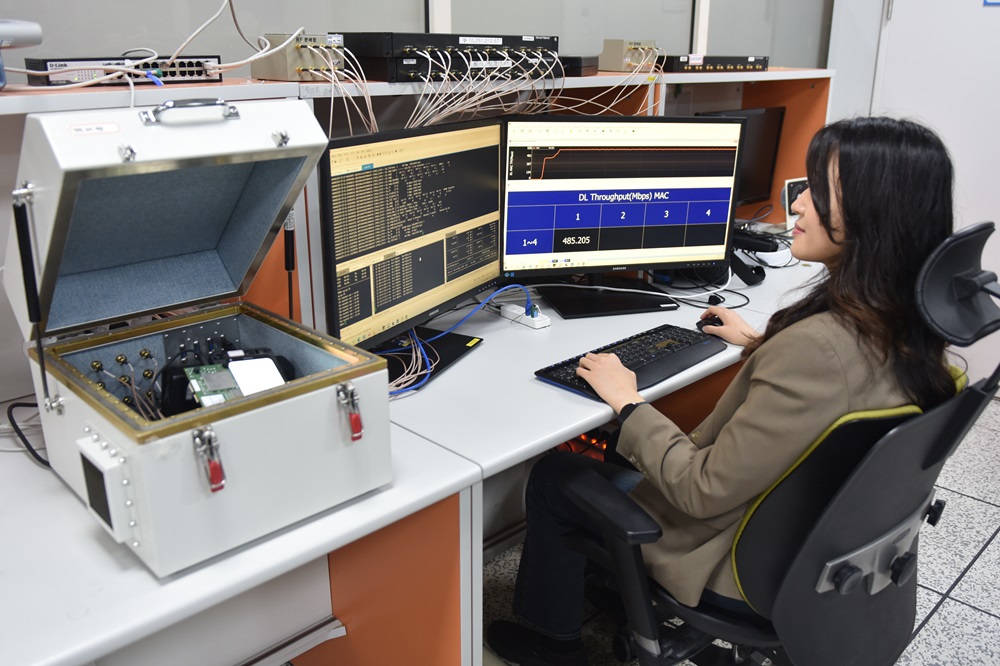
Apple is said to be developing its own AI server processor using TSMC’s 3nm process, targeting mass production by 2H25. TSMC is a vital partner for Apple, manufacturing all of its custom silicon chips. The chipmaker’s 3nm technology is one of the most advanced semiconductor processes available, offering significant improvements in performance and energy efficiency over the previous 5nm and 7nm nodes. Apple’s purported move toward developing a specialist AI server processor is reflective of the company’s ongoing strategy to vertically integrate its supply chain. By designing its own server chips, Apple can tailor hardware specifically to its software needs, potentially leading to more powerful and efficient technologies. While Apple is rumored to be prioritizing on-device processing for many of its upcoming AI tools, it is inevitable that some operations will have to occur in the cloud. By the time the custom processor could be integrated into operational servers in late 2025, Apple’s new AI strategy should be well underway.(MacRumors, 163.c0m)

Unisoc unveils the 7861 chip for POS machines. Based on the 12nm process technology, the Unisoc 786, adopts a dual high-performance big core Arm Cortex-A75 at 1.6GHz and six energy-efficient cores Cortex-A55 at 1.6GHz, and is equipped with a Mali G57 GPU core. The processor also supports dual-band Wi-Fi 5, Bluetooth 5.0, GNSS positioning services, USB Hub and other features. It supports LPDDR4x memory and provides UFS 2.2 and eMMC5.1 storage interfaces, and FHD+ display output. The processor currently supports the Android 12 Go system and Android 14 system optimized for small memory (1GB + 8GB). (Gizmo China, Sohu, ZOL)
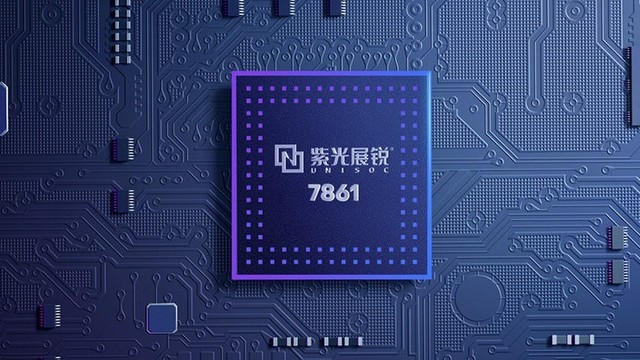

vivo has unveiled “BlueImage” brand, which will encompass the imaging technology that it is developing and is likely to make its debut with the upcoming vivo X100 Ultra. The company is extending its partnership with Zeiss and will continue to co-develop lenses for its phones. The vivo-Zeiss cooperation will “will enter a new chapter”, promises Jia Jingdong, vivo’s VP in charge of Branding and marketing.(Android Headlines, Weibo, GSM Arena)
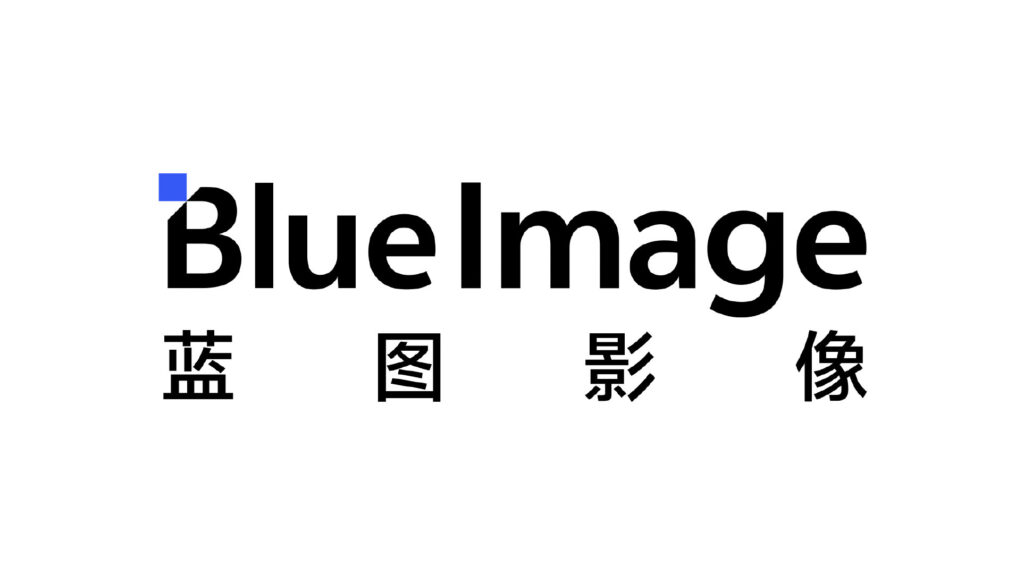

Samsung has announced that it has begun mass production for its one-terabit (Tb) triple-level cell (TLC) 9th-generation vertical NAND (V-NAND). The 9th-generation V-NAND is equipped with the next-generation NAND flash interface, “Toggle 5.1”, which supports increased data input/output speeds by 33% to up to 3.2 gigabits-per-second (Gbps). Along with this new interface, Samsung plans to solidify its position within the high-performance SSD market by expanding support for PCIe 5.0. Samsung has started mass production for the 1Tb TLC 9th-generation V-NAND in Apr 2024, followed by the quad-level cell (QLC) model in 2H24.(GSM Arena, Samsung)
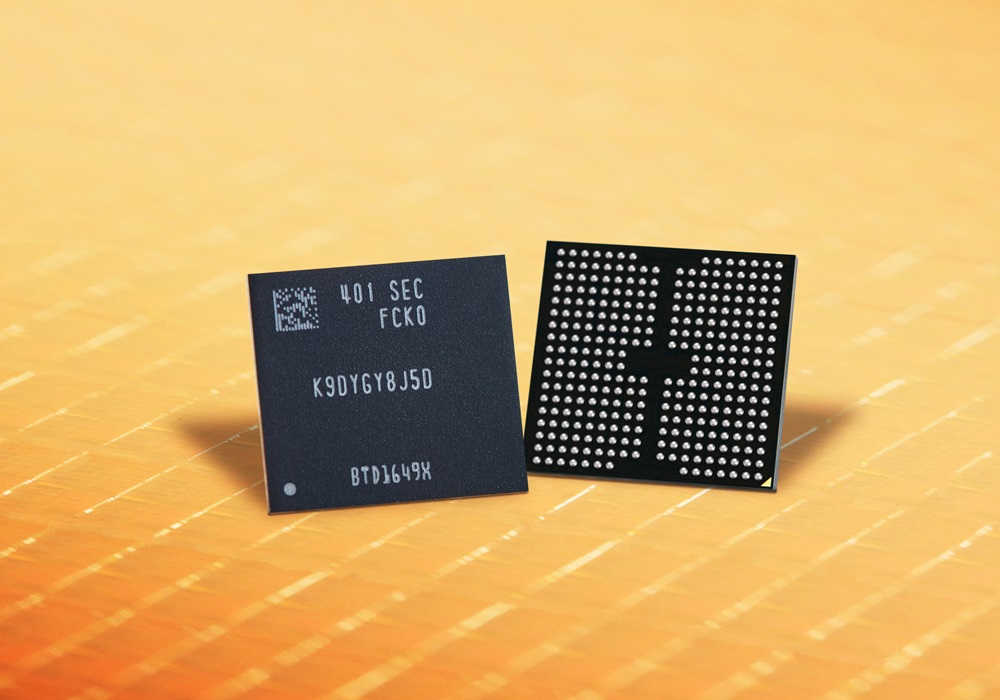
Samsung has announced that it has developed the industry’s first LPDDR5X DRAM supporting the industry’s highest performance of up to 10.7 gigabits-per-second (Gbps). Samsung’s newest LDDR5X memory chips are built with a 12nm process, delivering the smallest chip size among LPDDR solutions from other manufacturers. The company increased the capacity by 30%, reaching 32GB in a single package. According to Samsung, this makes its new memory chips “an optimal solution for the on-device AI era that requires high-performance, high-capacity and low-power memory”. Samsung will begin producing its latest LPDDR5X memory chips in 2H24 after they are validated by device and processor manufacturers.(Neowin, Samsung)
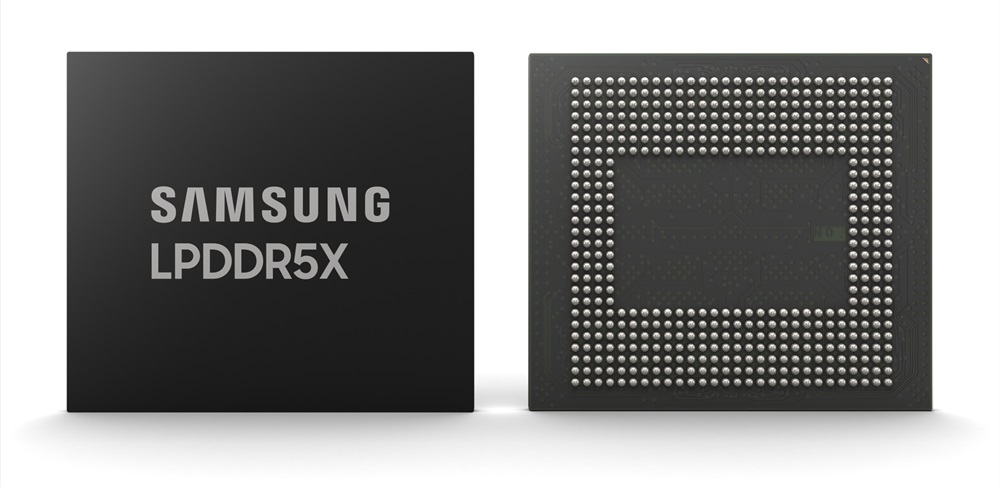

Google will pay USD62M to numerous nonprofits on behalf of people who say the company violated their constitutional and common law privacy rights by tracking and storing their location data without their consent. U.S. District Judge Edward Davila approved the final, multimillion-dollar settlement in court, calling it “an extremely successful result”.(Android Headlines, Court House News, The Register)
Samsung’s smartphone factory in Vietnam has reached a remarkable milestone. Located in the Thai Nguyen province of the Southeast Asian country, the factory has produced 1B mobile devices in its lifetime. It churned out the 1-billionth product, a Galaxy S24 Ultra, on 17 April 2024. SEVT (Samsung Electronics Vietnam Thai Nguyen), as the factory is known, organized an event to celebrate the milestone.(Android Headlines, Samsung)
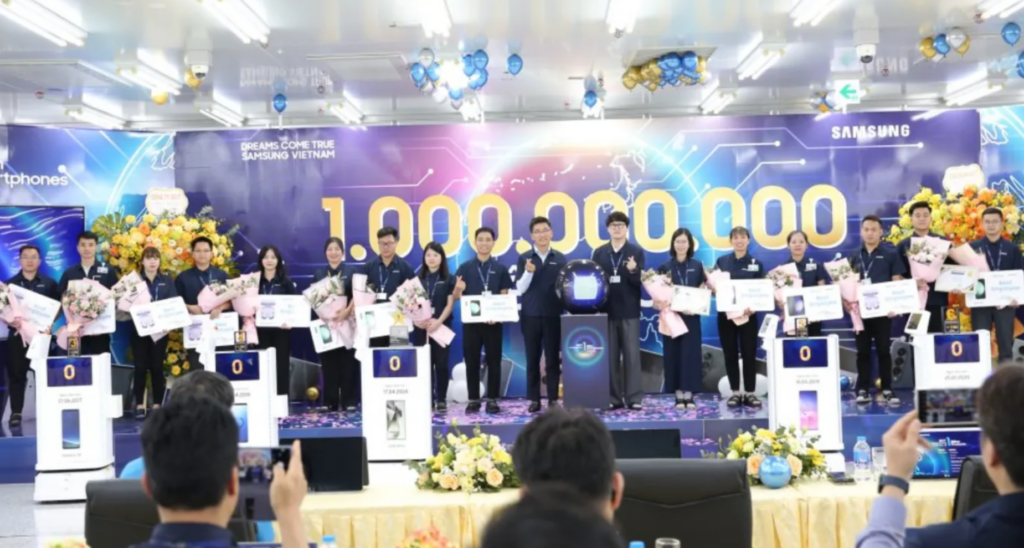
Meta is rolling out real-time AI image generation in beta for WhatsApp users in the US. Additionally, Meta says its Meta Llama 3 model can now produce “sharper and higher quality” images and is better at showing text. Along with availability on WhatsApp, real-time image generation is also available to US users through Meta AI for the web. The new feature comes as part of a broader rollout of AI features across all of Meta’s apps, including WhatsApp, Instagram, Facebook, and Messenger.(Android Headlines, The Guardian, The Verge)
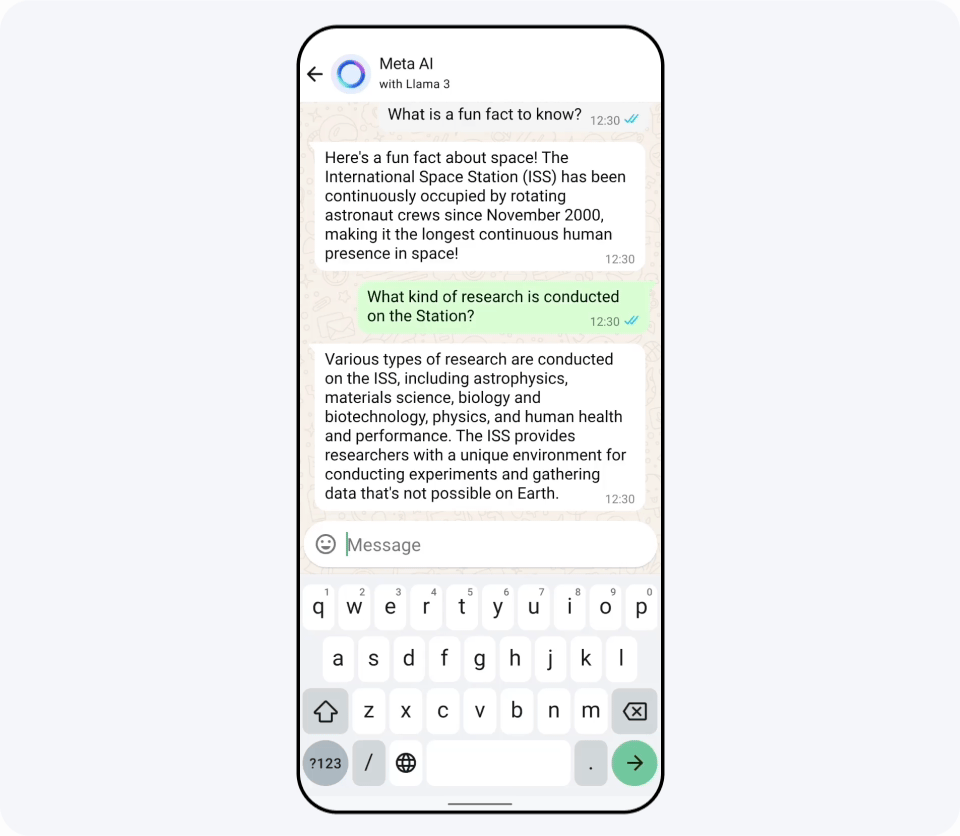
According to IDC, China smartphone shipments grew 6.5% YoY to 69.3M units in 1Q24. Although the growth was supported by a low comparison base year, it marks the second consecutive quarter of growth adding momentum to the market recovery. The market saw better-than-expected shipments mainly driven by strong growth from Honor and Huawei, which also spurred a 9.3% YoY growth in the overall Android market. On the other hand, Apple declined 6.6% over the same period as it faced more intense competition. The Lunar New Year in the 1Q24 also stimulated shopping sentiment and the demand for low- to mid-range devices. In the high-end segment, the AI buzz and the foldable products allowed the Android smartphone vendors to further differentiate themselves from Apple and garnered increased interest from Chinese consumers. (GSM Arena, IDC)
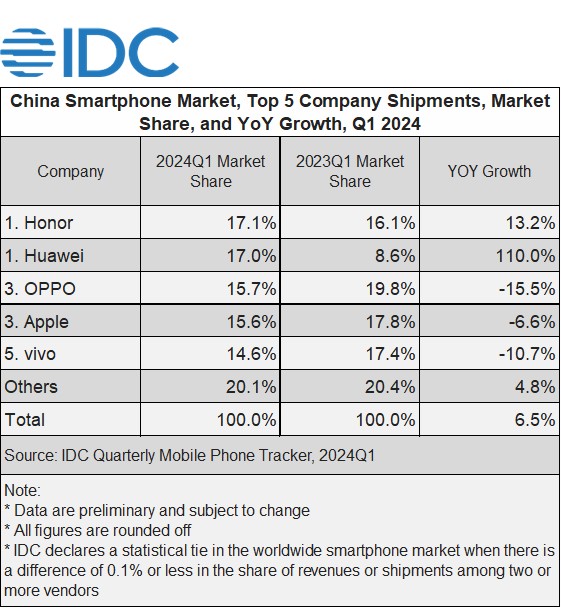
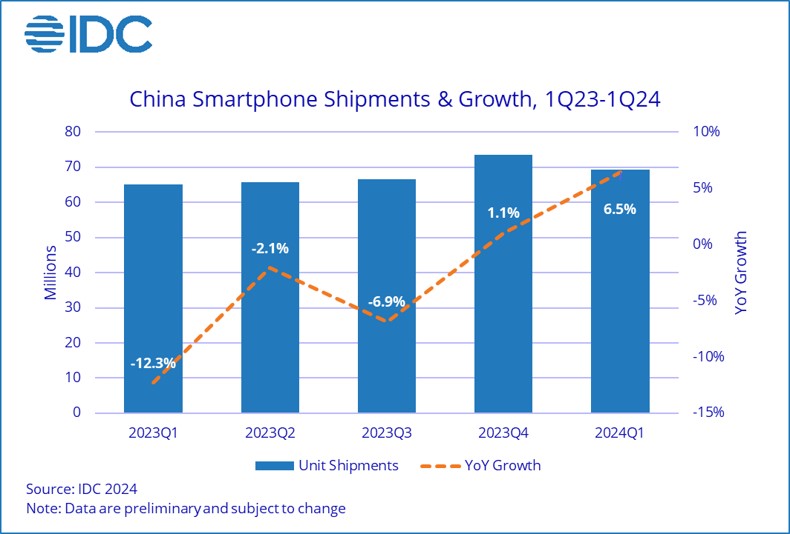
According to IDC, global smartphone shipments increased 7.8% YoY to 289.4M units in 1Q24. While the industry is not completely out of the woods, as macroeconomic challenges remain in many markets, this marks the third consecutive quarter of shipment growth, a strong indicator that a recovery is well underway. While Apple managed to capture the top spot at the end of 2023, Samsung successfully reasserted itself as the leading smartphone provider in the first quarter. While IDC expects these two companies to maintain their hold on the high end of the market, the resurgence of Huawei in China, as well as notable gains from Xiaomi, Transsion, OPPO / OnePlus, and vivo will likely have both OEMs looking for areas to expand and diversify. (GSM Arena, IDC)
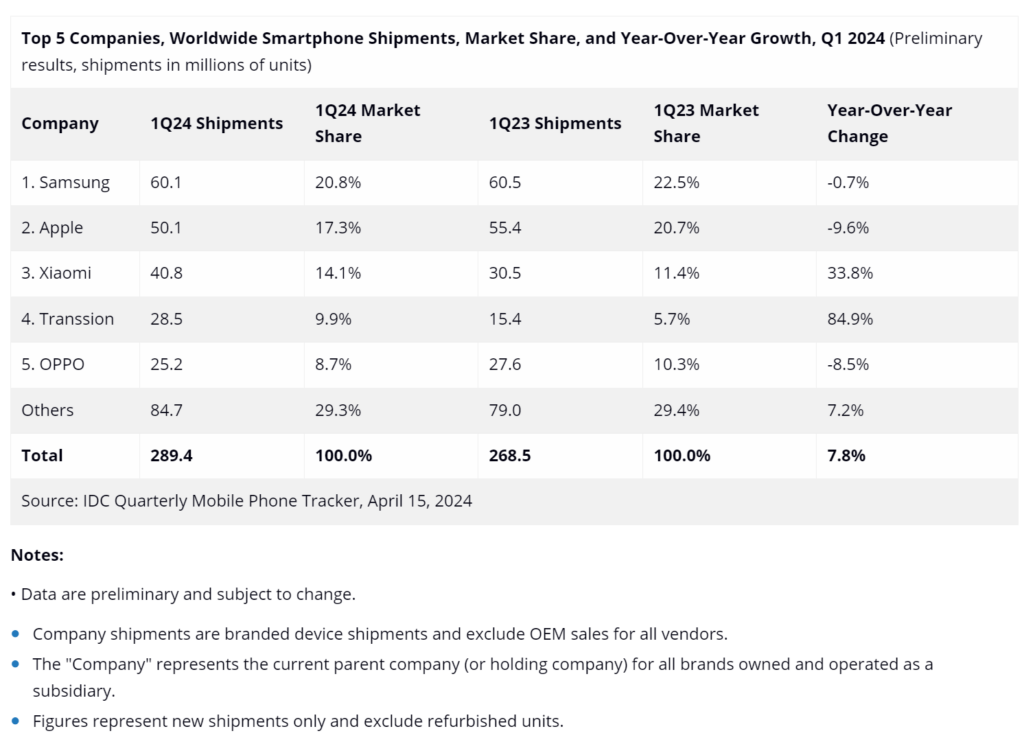
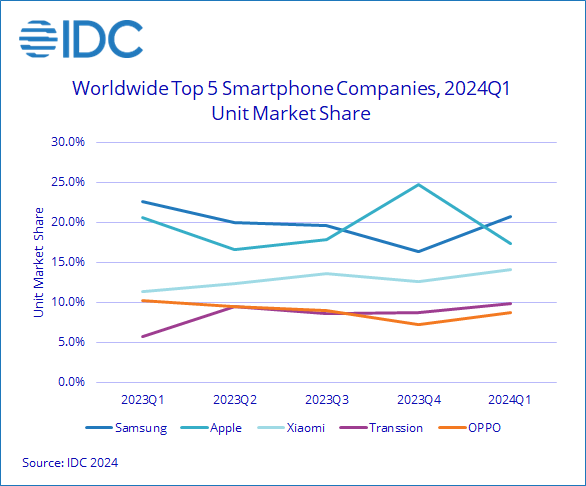
HMD Global, the company behind Nokia-branded smartphones, has unveiled a concept called Fusion, with a base unit and attachable “smart outfits” that expand the phone’s functionality. HMD has released a development toolkit and renderings showcasing potential accessories designs. (Gizmo China, Phone Arena)
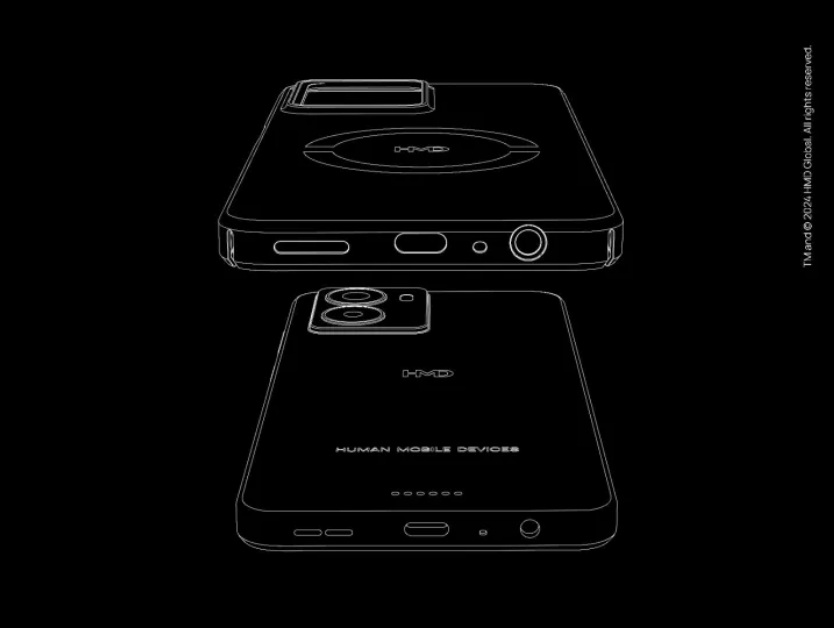

Alphabet-owned Google is investing EUR600M (USD640.62M) in a new data centre in the Dutch city of Groningen. Since 2014, Google has invested more than EUR3.8B in data centres and related digital infrastructure in the Netherlands. It said it would give priority to sustainability and a positive impact on the local community while building the new data centre. (Neowin, Google, Reuters)


Oura is aggressively expanding its retail footprint in the US with the help of giant retailer, Target. This news follows on the heels of Oura’s recent partnerships with Best Buy and Amazon. Oura’s Chief Marketing Officer, Doug Sweeny, highlights the synergy between the brands. He calls Target a haven for “design-forward, innovative brands.” Sweeny also emphasizes Oura’s commitment to women’s health and making the Oura Ring more accessible to this often-overlooked market. (Android Headlines, ZDNet, Oura)

Samsung has confirmed that the Galaxy Ring will be offered in 9 different sizes and 3 colour options. The latest report reveals the model numbers of the SKUs. These include SM-Q500, SM-Q501, SM-Q502, SM-Q505, SM-Q506, SM-Q507, SM-Q508, and SM-Q509. The list makes a total of 8 models which means that the 9th option is missing. It could either be the SM-Q503 or SM-Q504. (Gizmo China, Galaxy Club)


Meta has announced a new update for its Ray-Ban smart glasses. The main new functional addition is multimodal AI, which will enable users ask glasses what they are seeing, and get info then and there. That also expands to translations, which could be very handy while traveling. Meta added the capacity to live-stream from the glasses back in Dec 2023. Meta is also adding a range of new colors and styles, providing more options for those looking to buy their own smart glasses. The new styles include “Skyler” frames, with a cat eye design, and a low bridge option for its “Headliner” variant.(Android Headlines, The Verge, Facebook, Social Media Today)

Facebook’s parent company Meta has announced that the operating system that powers its Meta Quest virtual reality headsets is now available to third-party device makers. Two of the first companies planning to launch products powered by Meta Horizon OS are Asus and Lenovo. Microsoft and Meta are also “working together to create a limited-edition Meta Quest, inspired by Xbox”. Meta’s VR software is based on Google’s Android Open Source Project, but includes a custom user interface designed for headsets, an app store for virtual and augmented reality apps and games, and support for inside-out position tracking, hand, face, and eye tracking, and support for passthrough technologies that let user see and interact with the real world through imagery sent from the cameras to the headset.(Liliputing, Meta, Meta, VentureBeat, The Verge)
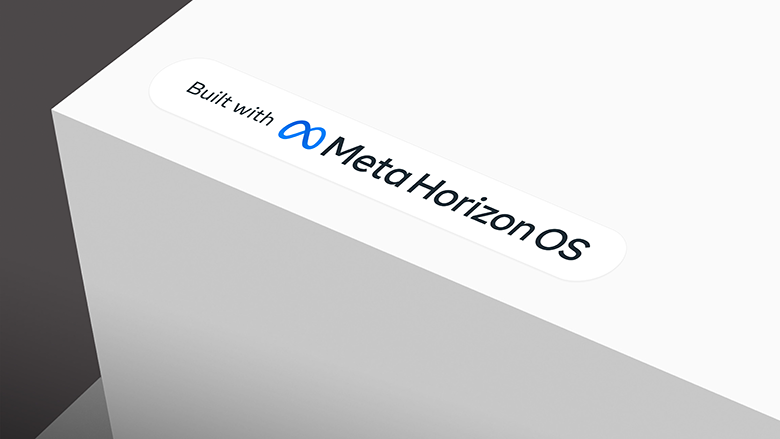

Sony and investment firm Apollo are allegedly in talks to acquire Paramount. Paramount has been making waves lately for its streaming service Paramount+. The streaming service has had some success in the market with originals like School Spirits in the upcoming Knuckles spin-off show. It allows people to watch content from classic TV channels like Nickelodeon, CBS, Comedy Central, MTV, Showtime, etc. (Android Headlines, NY Times, WSJ)


According to Bloomberg’s Mark Gurman, Apple is developing its own large language model (LLM) that runs on-device to prioritize speed and privacy. Gurman said that Apple’s LLM underpins upcoming generative AI features. “All indications” apparently suggests that it will run entirely on-device, rather than via the cloud like most existing AI services. Since they will run on-device, Apple’s AI tools may be less capable in certain instances than its direct cloud-based rivals, but Gurman suggested that the company could “fill in the gaps” by licensing technology from Google and other AI service providers. (MacRumors, Bloomberg)

Nvidia CEO Jensen Huang has shared his vision for the future, predicting that humanoid robots will soon become mainstream products, revolutionizing various industries. Huang emphasized that manufacturing costs for humanoid robots will be surprisingly low, comparable to the price range of cheap cars. He proposed a price range of USD10K-20K for these robots, making them accessible to a wide range of consumers. Drawing parallels with the automotive industry, Huang highlighted the potential flexibility and versatility of robots in certain man-made environments. He suggested that these robots could handle dangerous, repetitive, or tedious tasks, enhancing efficiency and safety in workplaces. (Gizmo China, IT Home, Global Times)
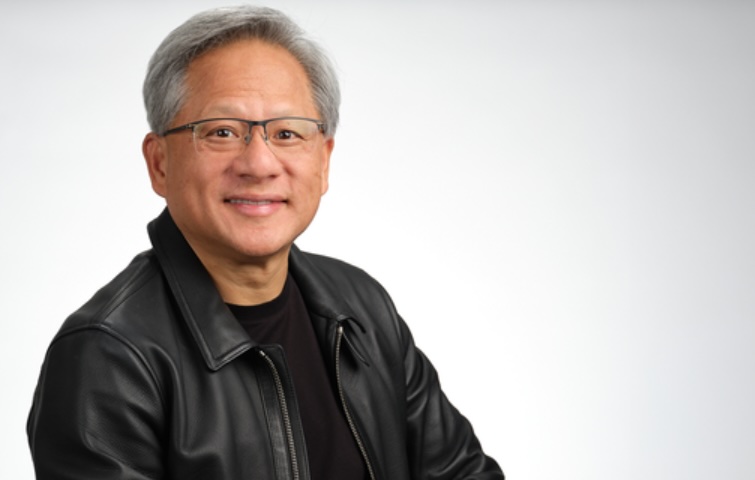

Amazon has launched a new grocery delivery subscription in the US. The new plan will cater to Prime members and EBT cardholders in over 3500 cities nationwide. Prime members can get unlimited grocery delivery at just USD9.99 per month with the new subscription. However, this comes with a condition, the total order value must exceed USD35. The new plan is applicable if customers order from Amazon Fresh and Whole Foods Markets. Amazon also mentioned that subscribers can order groceries from local grocery and specialty retailers on their website.(Android Headlines, Amazon.com)
